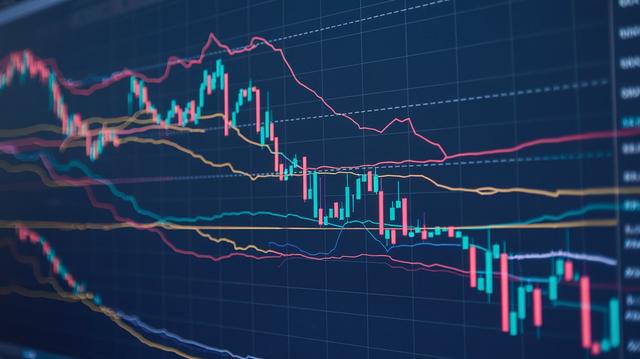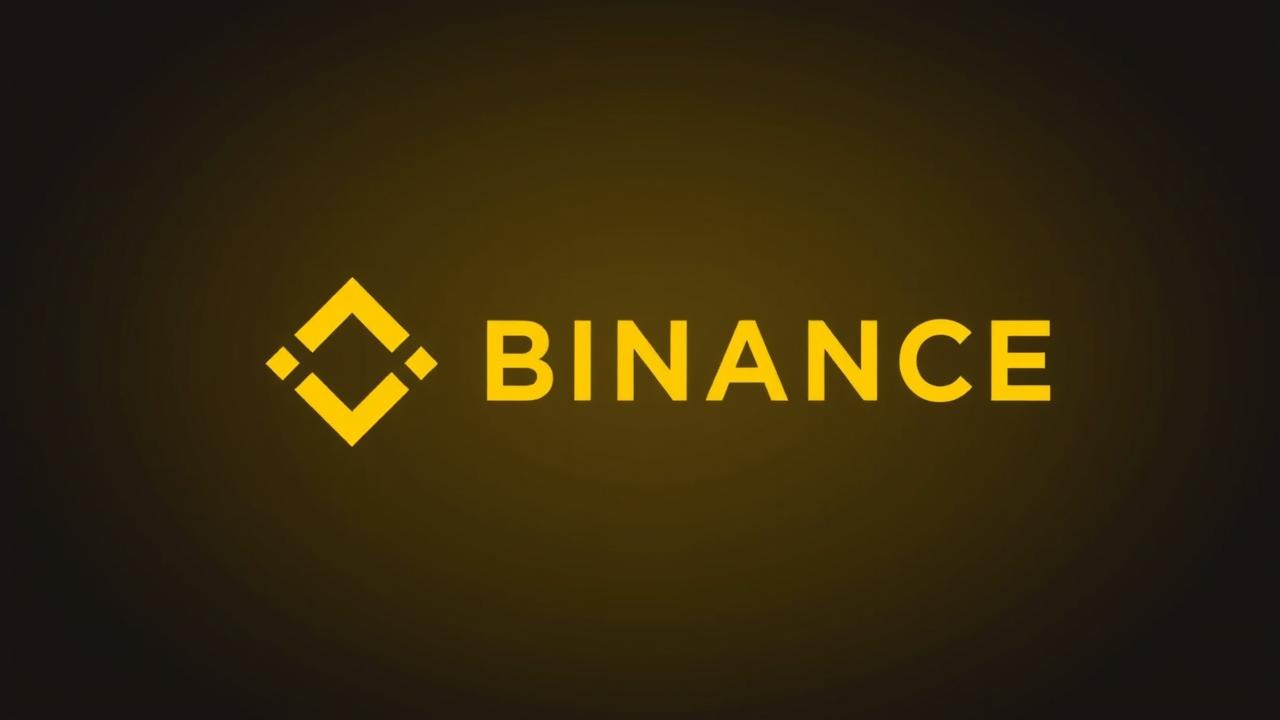Why do crypto traders often lose a chunk of their profits without even realizing it? The answer lies in exchange fees—those small but frequent charges that add up over time.
Whether it's trading fees, withdrawal costs, or hidden charges, these expenses can quietly eat into your earnings. Many traders ignore them, thinking they are unavoidable, but that’s not true.
By understanding how these fees work and learning a few smart strategies, you can keep more of your hard-earned money. Let’s break it down step by step.
Types of Crypto Exchange Fees
Crypto exchanges apply various fees depending on the type of transaction you make. Understanding these charges will help you make informed decisions when trading.
A. Trading Fees
Trading fees are applied when you buy or sell cryptocurrencies on an exchange. These fees are usually divided into:
- Maker Fees – Charged when you place an order that adds liquidity to the market (limit orders).
- Taker Fees – Charged when you place an order that removes liquidity (market orders).
Different exchanges have different maker-taker fee structures, and high-volume traders usually get discounts.
B. Deposit and Withdrawal Fees
Some exchanges charge fees when you deposit or withdraw funds. These can vary depending on the method used.
- Bank transfers usually have lower fees than credit card deposits.
- Crypto withdrawals often include a network fee, which depends on blockchain congestion.
C. Spread Fees
A spread fee is the difference between the buying and selling price of a cryptocurrency. This hidden cost is more common on platforms that offer commission-free trading.
D. Network Fees (Gas Fees)
Blockchain transactions require fees to be processed. Some networks, like Ethereum, have higher gas fees, while others, like Binance Smart Chain, offer lower costs.
E. Inactivity and Other Hidden Fees
Some exchanges charge fees for inactive accounts, conversions between assets, or fiat withdrawals. Always check the fee structure before signing up for an exchange.
Factors That Affect Crypto Exchange Fees
Several factors determine the fees traders pay on exchanges. These include:
- Trading Volume – Higher trading volume can reduce fees due to exchange discounts.
- Exchange Fee Structure – Each exchange has a different model, including flat fees or percentage-based charges.
- Crypto Pair Liquidity – More liquid pairs tend to have lower trading fees.
Read also
How to Minimize Crypto Exchange Fees
Reducing exchange fees can help traders keep more of their earnings. Here are practical ways to lower costs.
A. Choose a Low-Fee Exchange
Different platforms offer varying fee structures. Popular exchanges like Binance and Kraken offer lower fees than others. Research before selecting an exchange.
B. Use Maker Orders Instead of Taker Orders
Placing limit orders instead of market orders can reduce costs since exchanges often charge lower maker fees.
C. Opt for Crypto-to-Crypto Trading
Some exchanges charge higher fees for fiat-to-crypto transactions. Trading between cryptocurrencies instead of using fiat can help reduce costs.
D. Take Advantage of Exchange Fee Discounts
Many exchanges offer discounts if you:
- Use the exchange’s native token (e.g., Binance’s BNB) to pay for fees.
- Trade in higher volumes.
E. Avoid Unnecessary Withdrawals
Every time you withdraw crypto, you pay a network fee. Consider withdrawing larger amounts less frequently to minimize costs.
F. Choose the Right Blockchain for Transactions
Some networks have significantly lower fees. For instance, sending funds via Polygon or Binance Smart Chain is often cheaper than Ethereum.
Common Mistakes That Increase Trading Fees
Avoiding these mistakes can help traders save on fees:
- Frequent Small Trades – Making too many trades instead of bulk trading increases costs.
- Ignoring Withdrawal Fees – Some traders withdraw funds without checking fees, leading to unnecessary costs.
- Using Market Orders Instead of Limit Orders – Market orders result in higher taker fees.
Conclusion
Crypto exchange fees may seem small, but they can add up quickly. Understanding how they work and applying smart strategies can help traders save money.
Choosing low-fee exchanges, using maker orders, and avoiding unnecessary withdrawals are some of the best ways to minimize costs. Always review the fee structure of an exchange before making trades.




 Why I Chose Coinbase: A Crypto Freelancer's Perspective
Why I Chose Coinbase: A Crypto Freelancer's Perspective
 Best Practices for Securing Your Crypto Exchange Account
Best Practices for Securing Your Crypto Exchange Account
 Review of Binance – The Best Choice for Cryptocurrency Trading
Review of Binance – The Best Choice for Cryptocurrency Trading


